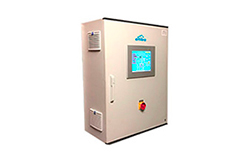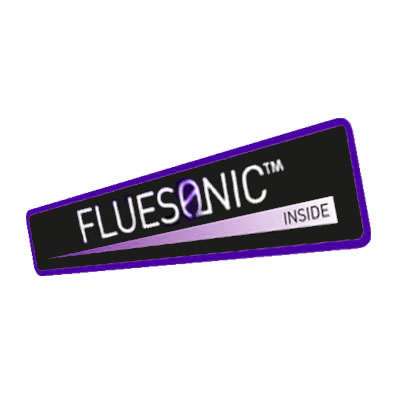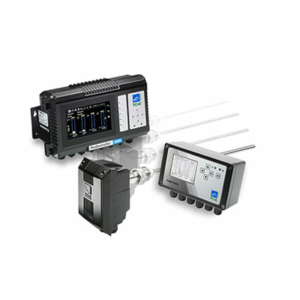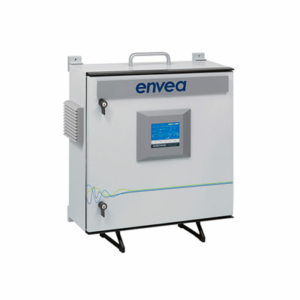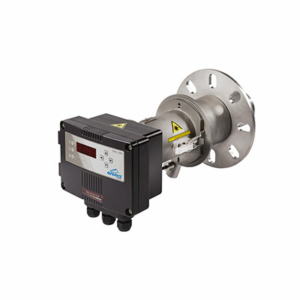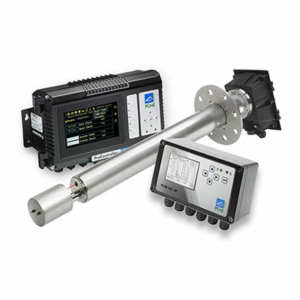Tecnología para medir con precisión el tiempo de tránsito de la señal en condiciones reales de pila
La exclusiva tecnología FlueSonic™ de ENVEA y el algoritmo de medición matemática permiten medir con precisión el tiempo de tránsito de la señal en condiciones reales de chimenea, lo que permite garantizar una alta calidad en los datos de liberación de emisiones, informando las emisiones en masa (kg/año), así como la concentració
- Capacidad para manejar perfiles de flujo a lo largo de la ruta de medición extendida
- Tolerancia a la contaminación y a los remolinos de flujo
- Cumplimiento de las normas de seguimiento europeas EN 16911-2 y 15267-3 para QAL 1.
Each transducer emits an ultrasonic pulse where the time of flight of ultrasonic signals sent between the transducers in the direction of flow is measured and compared to that from the pulses in the opposite direction against the flow. The difference in transit time of the pulses is directly proportional to the velocity of the flue gas. The stack flow velocity in the measurement path is calculated from the upstream and downstream transit time in a way that is independent of the actual speed of sound in the gas, flue gas temperature or pressure of flue gas composition.
- Accuracy over full range of 0-30 m/s in stack conditions
- Unaffected by change in flue gas composition (thermal mass limitation)
- In-built reference materials (for QAL 3) without need for compressed air to challenge pitot’s pressure transducers
- Air purge not required to prevent dust from blocking pitot lines
- Lower and Upper Reference (Zero and Span) sensor self-checks, a requirement of EN 16911-2
- Self-checks assess not only the performance of the electronics and measurement algorithm, but also the performance and correct operation of the transducers, including their ability to transmit, receive and discriminate actual ultrasonic signals from noise and offsets in the stack environment
- These automatic Quality Assurance features provide outputs which can be used for QAL 3 reporting requirements, as defined in EN 16911-2 and provide feedback to the user on the correct operation of the instrument
